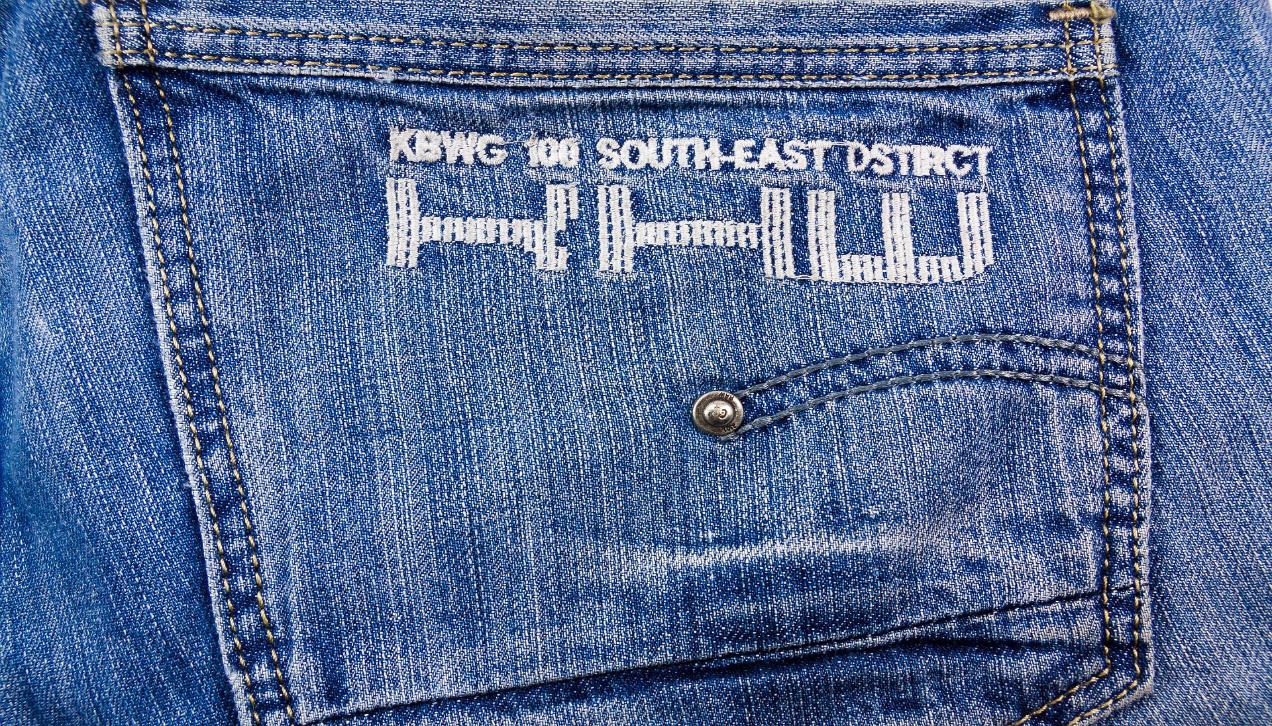Ten Uses of Iron-on Clothing Labels
- Written by News Company

The little tags on clothing labels are more than just tags. They hold some information, suggestions as well as the instructions for fabric care. Some brands have different patterns on the tags, that makes it convenient for users to identify their clothes. But iron-on labels are different from regular labels as they can be applied on the garment with a house-hold iron. They are an easy and simple way to sort your family’s garments. These custom-made iron-on lables are laundry safe and can be washed easily without much care. They can be easily used for socks, undergarments, towels, and any tagless clothing.
On the other hand, these labels also give the garment a high-end look. These labels are usually thin but are durable. If customers read and act according to the instructions, the labels will be intact for a long time.
These Iron-on clothing labels have several other uses besides sorting out your family’s laundry.
Following are the ten uses of iron-on labels:
Woven Tags
One of the most commonly used tags are woven tags, especially in clothing items. They are a thing and use thread. They are easy to be sown in the garment. The iron in these labels makes it easy to sew letters in them and makes it possible even to have a symbol on tags. They are popular because they do not cost much and hence are a popular choice amongst clothing items manufacturer.
Printed Labels
The easiest and readily available labels are usually printed ones. It's convenient to print symbols, instructions, age and other information on these labels. Especially if there is too much information that clothing item wants to convey then printing the information on these labels are a way to go. Iron-on labels make it easier to write and include all types of information in intricate letters and symbols.
Hang Tags
Unlike printed and woven tags they are not sown directly in the clothing item, but rather is attached with a string to it. These tags have information like price, washing instructions, manufacturers and sometimes even tell about the manufacturer. Since they are not directly attached to a garment, they have the space for more instructions. Hangtags may not have symbols but have direct instructions for fabric care.
Heat Press Labels
Heat press labels are highly effective because unlike other tags, they create less friction between skin and material of the clothing item. One of the different uses of iron-on in heat press labels is that it helps in retaining the color of tag. However, heat press makes the color fade relatively quickly than printed or woven tags.
Helps in Identification
Clothing labels help in identifying clothes from a pile of clothes. Especially for larger families, the iron-on labels help every member of the family to sort their laundry. Some brands use unique techniques and use iron-on labels in a systematic way that helps people in identifying their clothes.
Wash Basin Icon
This icon shows a tub, and there is also water in this tub. Some clothing items are advised to wash, while some things are meant for dry-cleaning only. If a clothing label has a washbasin icon on the label, it means that this item won't be harmed if washed. If the washing basin icon has a cross on it, that says this item cannot be washed. This may seem manageable and comprehensible, but there are other specifications on the labels. Some labels have numbers on them, which means that is the maximum temperature that should be used to wash those particular items. Clothing labels can also include the washing instruction of the fabric. For example, if the fabric can be washed in cold water or hot water. Moreover, the temperature of the water will also be mentioned on the labels to provide ease to the consumer.
Additionally, the dots on washbasin also indicates temperature, one dot means cold, two dots warm, and three dots mean hot water. Lines below the washbasin that items should be washed using a regular cycle of a washing machine. Two lines under washbasin mean a gentle cycle of washing machines is ideal for washing. Washbasin icon with a hand in washbasin indicates that the item should not be washed in a washing machine, and is recommended to wash my hands.
Ironing Icons
These icons provide ironing instructions. Like washbasin icons, they also come in different types. If a clothing label has a symbol of iron on it that is crossed means that this garment should not be ironed. Dots inside the iron indicates the temperature recommended for ironing. One dot means low heat. Two dots indicate that medium heat should be used, while three dots means a high setting of heat is better for the garment. A higher iron heat setting is commonly advised for cotton or linen.
Dryer Icons
Dryer icons indicate drying instructions of clothing. The symbol for the dryer is a square that has a circle in it. If the logo has a cross on it, that means that garment is not recommended to be out in a dryer machine. The fabric of the garment may not be suitable for it, and it may shrink or damage the clothing. A dot in a circle indicates that clothing item can be dried on low heat, whereas two dots in a circle means that fabric can bear the temperature can be dried on high heat.
Bleach Icons
A general assumption among people is that any white garment can be bleached, which is not valid. Tags on clothing items also reveal bleaching instructions. Bleach symbol is a triangle. A simple triangle instructs that bleach can be used on the fabric. A triangle with lines in it stands for that recommended bleach with no chlorine is recommended. A crossed-out triangle clearly states that bleach on particular items would be a bad idea and has the potential of harming the garment.
10.Dry Cleaning Icons
A circle with a letter in it stands for dry cleaning instructions. This also indicates that items should be avoided to wash in washing machines and should be taken to dry cleaning. The letters in the circles are F, P or W.
Conclusion
Some clothing items do not have the same fabric used for labels, as for their products. Hence the ironing on the label is not the same as for the garment. To iron those tags, one needs to put the iron setting on to the setting of the tag's material, which usually is cotton. Heat iron on the cotton setting and select dry on it. It is recommended to iron with no steam and iron when the iron is thoroughly heated up. The ironing should be around three to ten seconds.
Therefore, by following g the instructions on the garment one can extend its life and use it for many years. Every garment has a different set of instructions. With the use of iron-on labels its easier for the manufacturers to print complete fabric care instructions on them to make life easier for the consumer.

























